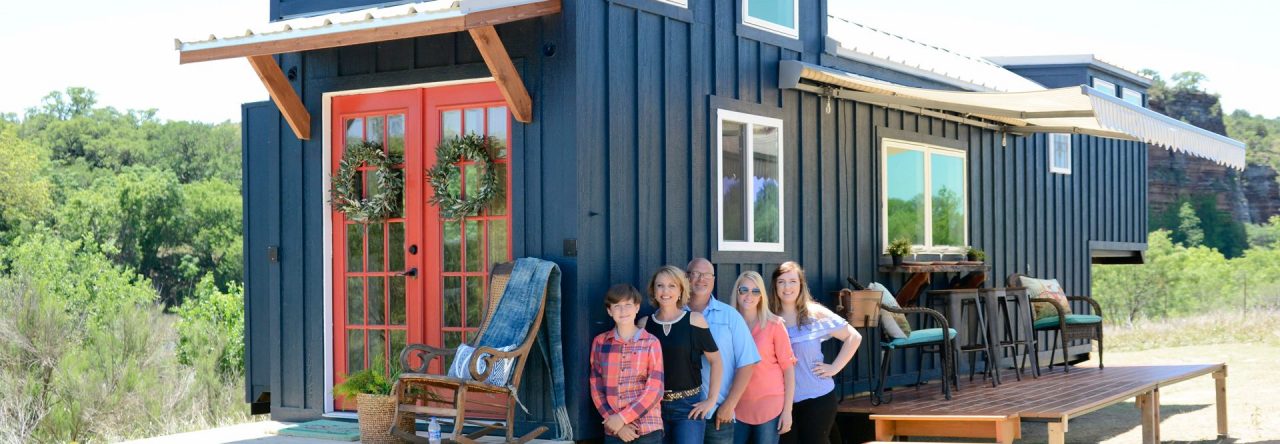According to USA Today and Independent reporting services, “there are an estimated 10,000- 20,000 tiny homes in the US, with the majority of owners being under 36 years old.” “…many middle- and low-income area residents spend more than they can afford on housing. Some 38.6 percent of area households in the $45,000 to $74,999 income range and 66.1 percent of those in the $30,000 to $44,999 income range are housing-cost burdened.”
If a tiny home is portable, the U.S. financial system places them in the category of recreational vehicles or mobile homes. Zoning and code laws to legally park a tiny home may require negotiating or checking with building officials or tax authorities.
In August of 2018, The Federal Housing Finance Agency ended their participation in the single-family rental market, again showing a lack of care for middle class Americans. Tiny housing the only option outside of assisted living for many Americans as gentrification makes renting in most large cities beyond affordability for couples who make less than $40,000 dollars a year. By its definition, a household of three would have to earn between $42,000 and $125,000 to qualify as middle class in the U.S.
We believe going tiny is inevitable. Instead of big houses, living on a wide expanse of land with natural beauty will be the sign of prosperity. CNN business reported that “more than half of Americans would consider living in a home that’s less than 600 square feet, according to a survey done by the National Association of Home Builders. And among millennials, interest increases to 63%.” Jewel D Pearson is a blogger for the Tiny House Movement, who shares what tiny house living means to her. “Tiny house living is less stress; less to clean, less to have to work to pay for, less to worry about being able to afford, less time to get to actual home ownership.
